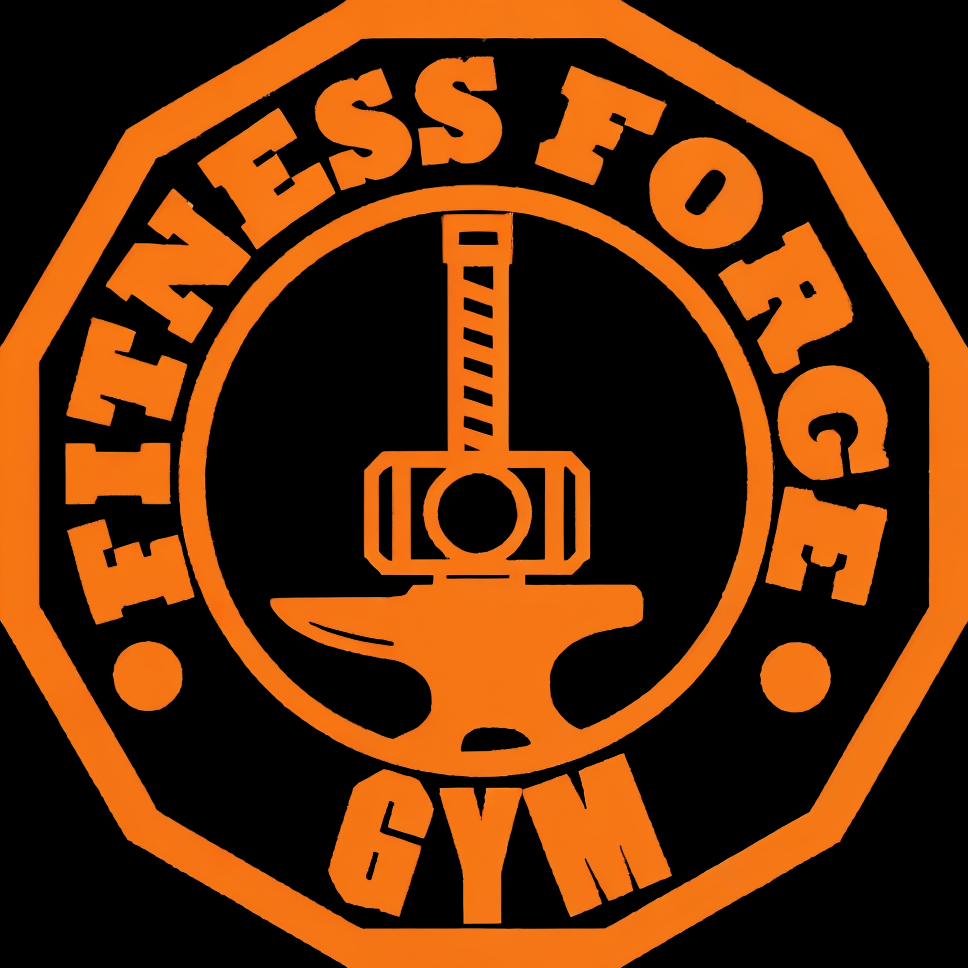Metabolic Conditioning Guide
Fast MetCon Workouts That Bring You Results In 10 Minutes
A metabolic conditioning workout (MetCons) is one that combines strength and endurance training with low rest to create a powerful conditioning effect. It is more work in less time, which is just one of the reasons gym-goers have gravitated toward boot camp-style training and CrossFit workouts.
Why do MetCons work?
MetCons allow you to condition the body, master proper technique and work at maximum capacity without beating yourself up with max loads. They are also the preferred choice of athletes who want to do intense conditioning workouts without losing any of their hard-earned muscle.
MetCons also adhere to the SAID principle (specific adaptation to imposed demands), which means that doing MetCons in training won’t just make you more fit, it will enhance performance for athletes of any level. But if you’re not a Crossfitter or don't have any desire to compete, what’s the point of pushing yourself through gruelling workouts like these?
High intensity training has been proven to be the most effective at eliminating body fat, especially visceral fat , the dangerous kind that sticks to your internal organs.
The release of growth hormone after a bout of exercise is dependent on the intensity of the exercise, so pushing yourself to the limit can result in 450% more body fat loss as the same amount of time spent on an elliptical. Crushing an overhead squat or barbell thruster is much more physically taxing than doing sets of static bicep curls, and bringing your body to the edge of your anaerobic threshold will optimise hormonal release, and get you in and out of the gym in minutes, rather than hours.
The Partner Challenge: I Go, You Go
20 Minute Kettlebell AMRAP (as many rounds as possible)
10 Kettlebell Swings
10 Kettlebell Front Rack Bulgarian Split Squats each.
10 Double Kettlebell Thrusters
10m Bear Crawl
Guidelines : With an “I go, you go” challenge, either you or your partner will be working at all times while the other rests. That means that as soon as they tag out, you’re in.
With this workout, you start with kettlebell swings, and as soon as your partner finishes, that means you’re up. When you’re done, they move on to the split squats, and so forth. This style is great with a little longer timer, since you’ll be resting for half of it.
The Bodyweight Burnout: 10 Minutes to Glory
10 Minute Bodyweight AMRAP (as many rounds as possible)
5 Chin-ups
10 Divebomber Push-ups
15 Jump Squats
Guidelines : For those days when you don’t have any time or equipment. All you need is a pull-up bar and some floor space. Do the exercises in the order listed. When you finish the jump squats, go right back to the chin ups with as little rest as possible.
Source: askmen.com

